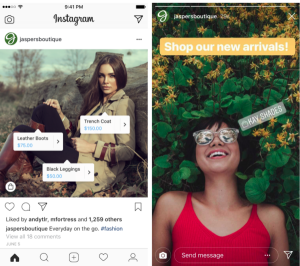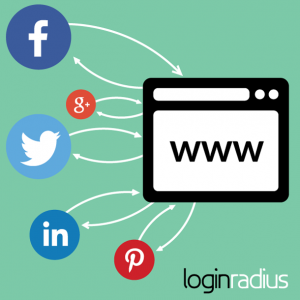From Attribution to Attention: Future Proofing Brand Investment
Over the past couple of years, audience-centric media planning, measurement and optimization have come under increasing pressure from platforms, browsers, and regulators. A few weeks ago when Google announced that Chrome would stop supporting third-party cookies, we witnessed a potential threat become an inevitable change to the foundation of how digital media is valued.
At Horizon we’ve been working to mitigate the demise of third-party cookies in a few different ways. We are:
- Building a first-party audience graph,
- Taking steps to future proof media spend that reaches people who our brands don’t yet have first-party relationships with and,
- Evaluating all technology, measurement and media partners with the lens of a privacy first world and transparent approach on behalf of our clients.
Part of that work is ensuring media is properly valued. Historically, attribution and brand studies have been instrumental in helping us understand the value of media. However, there’s consensus in the industry that these tools, and anything else that seeks to tie ad exposure to an outcome, will be threatened by limitations to identity.
Thankfully, there is a growing movement around using attention metrics to evaluate the quality (and hence, value) of media as an alternative to cookie-based approaches. Late last year we attended the launch of The Attention Council, where Dr. Karen Nelson-Field presented research showing the value of digital media, which appears identical using today’s hygienic metrics, can vary over 300%. She found that measures of attention were far more correlated with the eventual outcome than traditional metrics like impressions and completion rate.
So it seems there is an opportunity to use attention metrics as a surrogate for outcome-based measurement, and given their real-time nature they may offer advantages.
Our initial testing into quantifying the differences in quality of media has been through a partnership with Adelaide, who has created algorithms to assess the value of digital media. They’ve created technology to bring to life several of the insights from Nelson-Field’s work, helping us to calculate a normalized cost of attention which allows for an apples-to-apples comparison of digital media. Some of the early Adelaide results include a 12x variance in quality of similarly priced media, and attention metrics showing 180% more correlation than viewability to brand outcomes.
Using attention metrics to estimate the quality of media gives us the opportunity to future-proof our current strategies for impact measurement, already one of the most difficult tasks of digital media measurement. Equipped with models that show the connection between attention metrics and brand impact, we can buy with confidence as it becomes harder and more expensive to connect an exposure with an outcome.
We’ve found that attention metrics not only predict brand lift, but they offer several advantages to traditional surveys. Attention metrics are fast-moving, delivering results in near-real-time; they are more affordable than lift studies; and since they measure the quality of all media rather than the impact on a select group of people who choose to answer a survey, they offer far deeper cuts on the data. We now have a way for clients to optimize in real-time toward high level brand lift and effectiveness goals. In the past this data was something we had to wait, sometimes several weeks or months, to receive. In many instances it came too late to influence the current campaign and we had to apply those learnings to the next effort. Now we have a way to run in-flight optimizations based on what a brand’s ideal attention range is.
However, it’s important to understand the nuance of attention metrics as they relate to media versus creative quality. I like to think of the job of media as directing consumer attention towards creative in such a way that the consumer retains control in a low-distraction environment. From that point forward, it’s the job of the creative to hold attention and imprint a message. In this light, it’s easy to see how people less familiar with attention metrics may make the mistake of over-weighting duration of exposure or using engagement metrics – thus introducing noise from creative performance into a measure of media quality.
There’s little doubt that properly applied attention metrics can augment our tactics and help us understand the impact of media independent of noise from creative and other factors that may influence an eventual measured response. I’m excited for their potential to improve the speed and accuracy with which we measure the quality of media. These tools can help us make smarter buying decisions, and deliver more efficient outcomes. In a market that has yet to factor attention metrics into pricing, potential bargains for our clients abound.
(23)
Report Post








